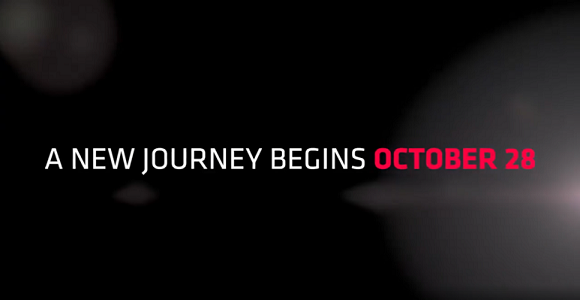AMD trademarks Infinity Cache
The term “AMD Infinity Cache” has been trademarked by AMD as per the tweet by @momomo_us and this trademark applies to both the processor’s and graphic card which AMD produces. And just about every type of silicon that AMD manufactures is encompassed in the description of trademark.
But the point of notice is that the trademark has a common consensus that it correlates with AMD’s pending Big Navi launch. One of the many major talking points about Nvidia’s Ampere is the memory bandwidth among the other aspects. While impressive memory bandwidth up to 936.2 Gbps is flaunted by the GeForce RTX 3090 and GeForce RTX 3080 and GeForce RTX 3070 aren’t too far behind with peak to 760.3 GBps and 448 GBps in theoretical studies.
Earlier Speculations Discarded
This news is something that comes in contrast to the earlier leaked specifications on the Radeon RX 6000 series suggest that the Radeon RX 6900 might be limited to a 256-bit memory interface. This news which was circulated earlier had distress within hardware circles as Big Navi might land with disappointing memory bandwidth but some rumors mentioned a special cache that would be the game-changer.

Is it a Publicity Stunt?
But at this particular moment, the idea about the Infinity Cache is only with the folks at AMD and cannot trust any third-party source. Hearing a term like Infinity Cache can be thought of as a new feature or it could just be a fancy term for an existing concept. This was previously seen at AMD when they branded L3 cache on its Zen 2 processors as Game Cache. It sounds like an excellent marketing stunt but at the end of the day, we found an L3 cache that we have all come to know from most modern CPUs.
How will Cache make a Difference?
When we come to the topic of processors, the cache helps is quick retrieval of data as it serves as temporary data storage but it has storage constraint and is very small, as a result, we can’t expect the processor to find all the data it wants inside the cache. A Cache miss happens when data is not readily available and a Cache hit is referred to as when requested data is inside cache.
Graphic cards lie under the same concept, if we compare two different memory cache for the Radeon RX 5700 XT which is equipped with 4MB of L2 cache will comparatively have more cache misses than a bigger cache. And on other hand, if Big Navi were to have a 128MB cache, the graphics card would lead to fewer trips to the main memory (RAM).
However, a mystery remains that whether the Infinity Cache refers to the L2 cache or a new L3 cache, or entirely new concept. Normally L1 and L2 caches are equipped with graphic cards because the bigger caches are slower and induce higher latency.
Infinity Cache Relation’s
There are some possibilities of AMD Infinity Cache to be related to the patent they filed last year on Adaptive Cache Reconfiguration Via Clustering and authors too published papers on the topic that talks about the L1 cache sharing between the GPU cores.
Ideally to this date, the L2 cache is shared among all the cores and separate L1 cache was provided to each GPU core. But the suggested model proposed that each GPU has an allowance to share and access other core’s L1 cache to optimize the cache used by the elimination of replicated data in each cache. And with this model usage, positive results showed up where performance was increased by 22% and energy efficiency by 49%.
All down to October 28

Radeon RX 6000 series of graphics cards is all set to be announced by AMD on October 28. Although AMD faces tough competition from Nvidia’s Ampere, AMD has brought a secret weapon i.e. Infinity Cache, but this is yet to be confirmed and we need to wait for the company’s announcement.
